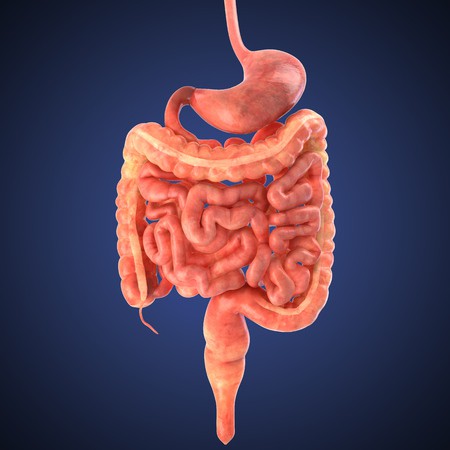What is Craniopagus Parasiticus ?
Craniopagus parasiticus is a rare medical condition characterized by the conjoining of twins in the head. This occurs when the skulls of the twins are fused together at the back, the front or on the side of the head. Usually, craniopagus would refer to the joining of two skulls but with separate bodies. Craniopagus parasiticus, on the other hand, would still be the conjoining of the skulls but with the absent of the second body hence the term “parasiticus.”
Craniopagus parasiticus is such a rare occurrence that there have only been around 9 to 10 cases that were recorded in history. In addition, males were more affected by this occurrence rather than females. However, due to the small sample number of the cases noted, it is not really indicative that this observation may be significant.
Craniopagus parasiticus is a classification of conjoined twins one of which is considered a parasitic twin. This occurs when twin embryos develop in the utero but fails to separate. The dominant twin would be referred to as the autosite twin and the underdeveloped one is referred as the parasitic twin.
Causes of Craniopagus parasiticus
The primary cause of craniopagus parasiticus is still unknown. Several hypotheses, however, are still under research regarding the development of this condition.
Parasitic twins start development in the embryo but the twins fails to separate. In cases of craniopagus parasiticus, one embryo fully develops while the other embryo fails or stops development during gestation. There are two possible guesses as to the development of craniopagus parasiticus.
- A single zygote leads to the development of two fetuses but separation fails either during the second or fourth week of gestation. This is known as the fission theory.
- Craniopagus parasiticus is caused by the lack of blood supply to the second twin brought about by the degeneration of the umbilical cord thereby halting the development of the fetus.
Craniopagus Parasiticus Treatment
Surgery is the only treatment option for craniopagus parasiticus. Usually, the parasitic twin is removed to give better life chances for the autosite twin. However, surgical operation performed is usually quite dangerous. Surgical operation is usually complex and intensive because of the risk for bleeding brought about by the convolution of the arterial blood supply of the autosite and parasitic twin.
In addition, parts of the twin’s brain may also be shared. Cutting off the parasitic twin’s blood supply provides better odds of survival to the independent twin. Skin flaps removed from the parasitic twin are also used as a cranium covering for the independent twin. There has only been one successful separation of craniopagus parasiticus noted in medical literature but the baby also died the following year after developing a bacterial infection.
Prognosis for Craniopagus Parasiticus
- Generally, the prognosis for craniopagus parasiticus is poor. There have only been around 10 cases that were documented in history with that of the “Two-Headed Boy” of Bengal in 1783 as the earliest case. The boy died after being bitten by a cobra at the age of 4.
- More recent cases were that of Rebecca Martinez in 2003 and Manar Maged in 2005. Rebecca Martinez was the first case of craniopagus parasiticus to have undergone surgery. However, she died after 11 hours in the operating room. Meanwhile, Manar Maged was the first case to have had a successful operation. She spent 13 hours on the operating table.
- Also, most babies born with this condition are stillborn with only 3 cases surviving after birth.
Studies and researches on craniopagus parasiticus are still limited because of the rarity of the case. Genetic scientists are still on the verge of discovering the causes of craniopagus parasiticus while doctors are finding the best way to provide better prognosis for the condition.
The recent operation done to Manar Maged is an indication that the autosite twin has the future to survive as Manar Maged was able to survive without any signs of paralysis until a few days before her second birthday.
Craniopagus parasiticus is a medical condition that still requires a lot of research for it to be able to have a good outcome if not for the twins, at least for one of them. Doctors, scientists and researchers continue to look on this case as to the factors that could lead to this birth defect as well as provide answers that may improve life chances for the twins.
References:
http://en.wikipedia.org/wiki/
http://www.reference.com/
http://www.phreeque.com/


